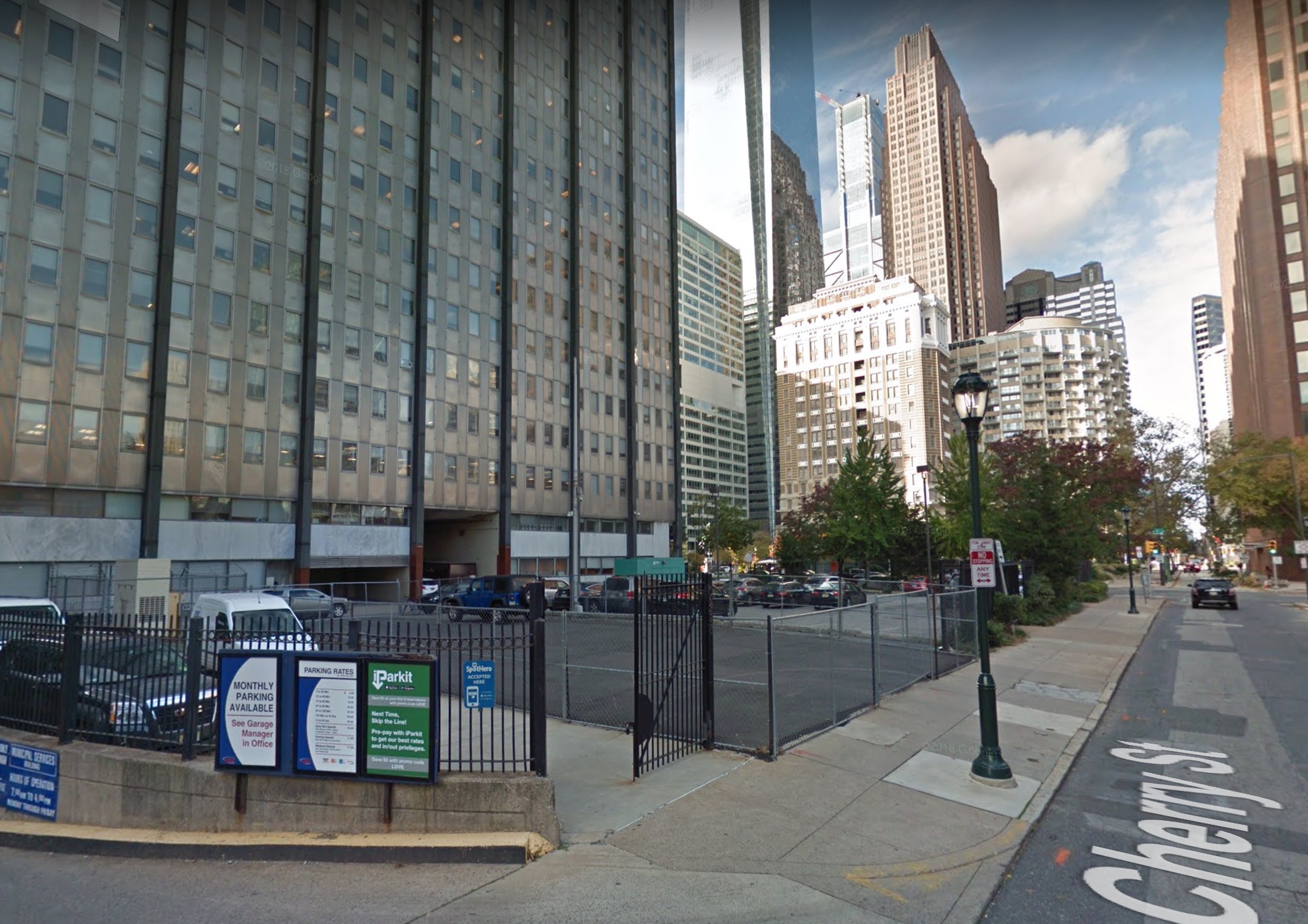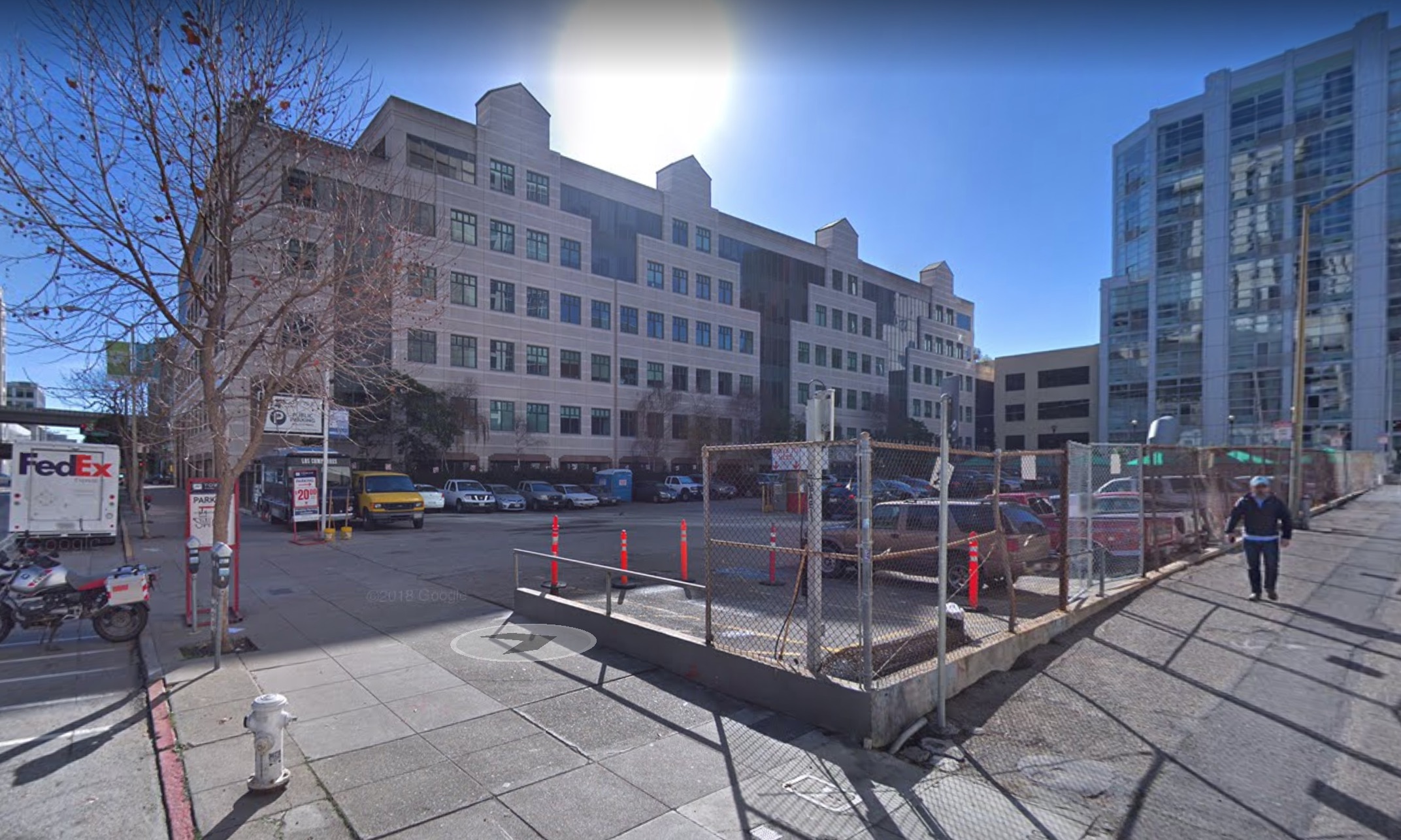What's With That Empty Lot in the Heart of the City?






You've seen them. Maybe in Denver. Or Austin. Or Seattle. Or Nashville. Right in the centers of some of America's most booming cities. Everywhere you look it's steel and glass and construction cranes, and then you turn a corner and find yourself looking at a familiar vacant lot that's been that way for a decade or more. Or, more often, a sparsely used, potholed parking lot with a forlorn-looking automated pay station, surrounded by gleaming high-rises.
Maybe you've wondered, "Why hasn't anyone developed this yet?"
Housing prices in these cities, as in much of urban America, soared over the course of the 2010s. Maybe you've thought to yourself, "If we have a housing crisis and there's all this talk about how we need to build more, how come we have all this land sitting right here that could be providing homes for people?"
The surprising truth is that sitting on a piece of land like this can be immensely profitable. The owners may be in no hurry to develop or sell. And a key reason for that has to do with the backwards incentives created by the way we tax property in almost every city in America.
Taxing Building Improvements is a Gift to Speculators
A parking lot in a bustling downtown is the classic example of a property where nearly all of the value is in the land itself, not the asphalt on top of it. In a rising market, you can hold onto the land and watch its value go steadily up (thanks to all the things your neighbors are doing to make the place more productive and successful). You can collect enough in parking fees to cover the taxes, and cash out when you're ready to cash out. Your property tax bill will be relatively low, because it's based on the sum of land value and improvements. The land may be in a central, prized location, but the "improvements" on the property (that's tax-assessor speak for any sort of structure built on the land) are worth next to zero.
Figure 1
Figure 1 shows a parking lot in downtown Austin, Texas, a block away from iconic 6th Street. Across the street (Figure 2) from that parking lot is a mixed-use building that contains 24 rehabbed lofts, a Gold's Gym, and a parking garage. The land is worth about 85% more, but because of taxes on the improvements, the owner pays closer to 4 times as much tax.
Figure 2
The apartments and the gym of course generate rental income for the building owner, presumably enough to cover the higher tax bill, or this building would not have been developed. But when you factor in the risk, uncertainty, hassle, and expense of development, not every owner of something like that parking lot across the street is going to jump at the opportunity.
The result of this logic when you extend it to dozens or hundreds of properties is that land goes under-utilized, even in extremely valuable locations like downtown Austin—the fastest-growing large city in America. This kind of land speculation creates additional scarcity downtown, and pushes more new development to the outskirts of the city, where it incurs more infrastructure costs, more miles of driving on the part of individuals, and more gobbling up of farmland for suburban expansion.
It's possible to take an aerial photo of downtown Austin, Texas, or any big US city, and trace the outlines of surface parking lots (Figure 3).
Figure 3: Surface parking lots in downtown Austin, TX. Click to view larger.
Let’s be clear that we can’t make assumptions about the situation, or the motivations of the owner, of any specific lot, including the one profiled earlier. These lots exist for a wide variety of reasons—it's not all land speculation. Some serve adjacent buildings. Some are publicly owned. Some may even be in the planning or approval process for development that has not yet broken ground.
But the overall imprint of surface parking looms large in the 1.8 square miles of the booming downtown of one of America's most booming cities. And one reason is that even where land values are high, under a conventional property tax regime, extremely unproductive uses of that land can be profitable
Austin residents could benefit from the development of many of those parking lots for more homes, more businesses, and more tax base to support Austin city services. But the owners of the lots, who pay virtually no tax on the improvements, may be more than happy to sit on them.
(As an aside: note that parking garages, which are a much more efficient use of land, are not shaded in this map. The issue here isn’t the parking itself—a busy downtown does requires that. The issue is land owners opting for a low-value use of land they don’t want to develop, but also don’t want to sell—and in a downtown setting, the easiest such use is usually a parking lot.)
Taxing Land, Not Improvements, Leads to More Productive Uses
A parking lot in central Philadelphia, with its owner’s address listed as “Parking Facilities Inc.” Its assessed market value has quadrupled from 2013 to 2019, from $3.2 million to $12.8 million. The improvements are assessed at $0.
In an expensive, growing city, land is the one thing they're not making more of. There are many good reasons to want centrally-located land to be used to its full potential. One way to achieve this is to make it more costly to hold onto land in a high-value location and leave it underdeveloped.
This doesn't have to mean raising taxes overall. Rather, cities can redistribute the burden of property taxes by either taxing only the land, or taxing the land at a much higher percentage rate than the improvements. The latter is called a split-rate property tax.
This way, those who wish to build or renovate something on their property will face no tax penalty for doing so. And those who wish to hold onto a vacant lot or use it for something low-value like parking—in effect freeloading off of the location value created by the productive uses to which their neighbors have put nearby land—will face a much higher tax burden.
There is evidence that a split-rate tax has that effect of discouraging central-city vacancy. In 1979, the city of Pittsburgh, PA raised the tax rate on land to about five times the tax rate on structures. A study in 1997 compared Pittsburgh to 14 other Rust Belt cities, and found that the total annual value of building permits in Pittsburgh increased by 70.4% in the 1980s, while the comparison group had a 14% decrease in the annual value. There are other variables, but the tax code is a surprisingly key one.
But Won't We Price Granny Out of Her Home?
As long as homes like this aren’t zoned for more intense development, the tax code will value the land accordingly.
It's worth answering a common objection: wouldn't this unleash rapacious developers upon homeowners? Who is to say that someone who's lived in their house for decades won't suddenly find their tax bill skyrocketing as the land is assessed to be more valuable put to a denser, more intense use?
The short answer is no. Cities will still have the ability to use the zoning process to determine the range of uses appropriate for a site. If anything, that process becomes more important when land is taxed more heavily than buildings, since zoning has a dramatic effect on land value, often dictating the most profitable legal use of that land.
If the zoning code says a lot can only hold a small building, then the land will be priced and valued accordingly. Declaring that land currently occupied by single-family homes should be suitable for 5-story buildings is still something that has to go through the same political process it does now.
The experience of cities with land value taxation is that for most homeowners, taxes actually go down. And land value itself is likely to go down, because speculation artificially restricts the amount of land available in the places people want to be—like bustling downtown Austin—and makes it scarcer and more expensive, while pushing some development out to suburban locations.
A land value tax, on the other hand, is designed to help ensure that we get bang for our buck out of places that are already prospering and already have the infrastructure to support growth.
(Cover photo: Wikimedia Commons)
This week, Strong Towns is taking an in-depth look at the land tax and how it can incentivize a healthier, more resilient pattern of growth and reinvestment in cities.
You Get What You Tax For | The Pennsylvania Experiment | Rewarding Neglect | Why Isn’t This Being Implemented?
This series is sponsored by the generous support of the Robert Schalkenbach Foundation (RSF).

Daniel Herriges has been a regular contributor to Strong Towns since 2015 and is a founding member of the Strong Towns movement. He is the co-author of Escaping the Housing Trap: The Strong Towns Response to the Housing Crisis, with Charles Marohn. Daniel now works as the Policy Director at the Parking Reform Network, an organization which seeks to accelerate the reform of harmful parking policies by educating the public about these policies and serving as a connecting hub for advocates and policy makers. Daniel’s work reflects a lifelong fascination with cities and how they work. When he’s not perusing maps (for work or pleasure), he can be found exploring out-of-the-way neighborhoods on foot or bicycle. Daniel has lived in Northern California and Southwest Florida, and he now resides back in his hometown of St. Paul, Minnesota, along with his wife and two children. Daniel has a Masters in Urban and Regional Planning from the University of Minnesota.